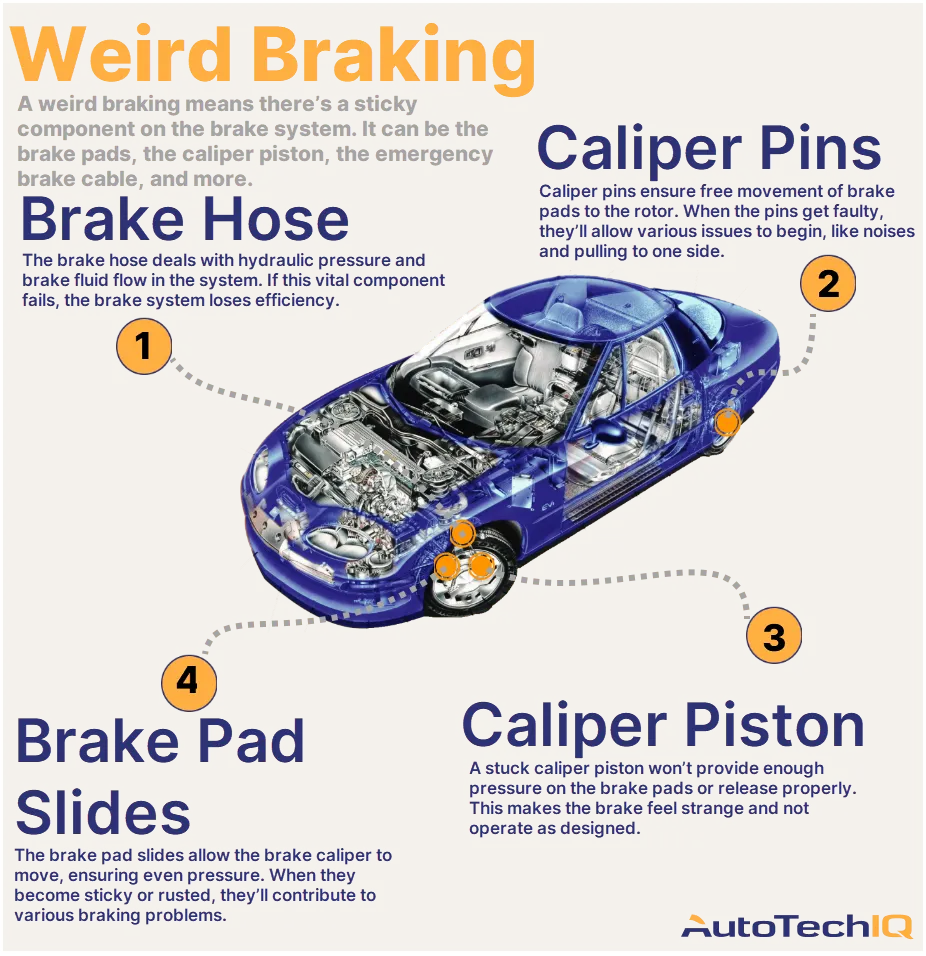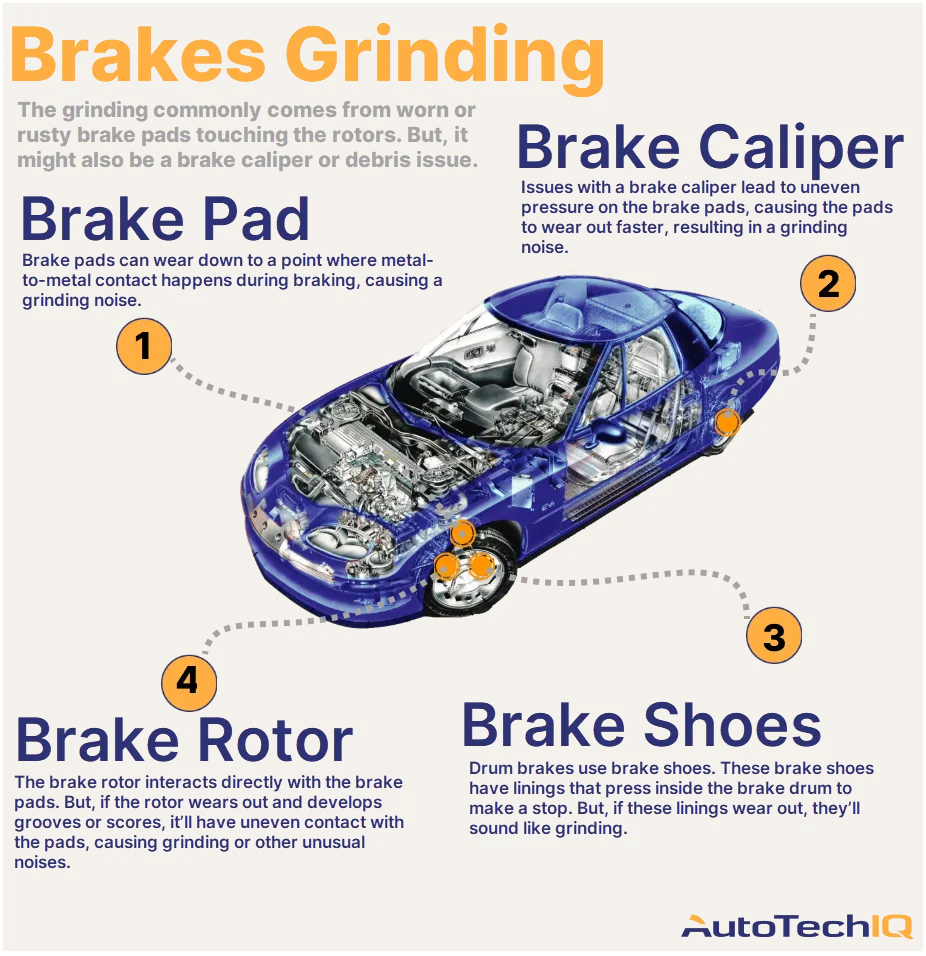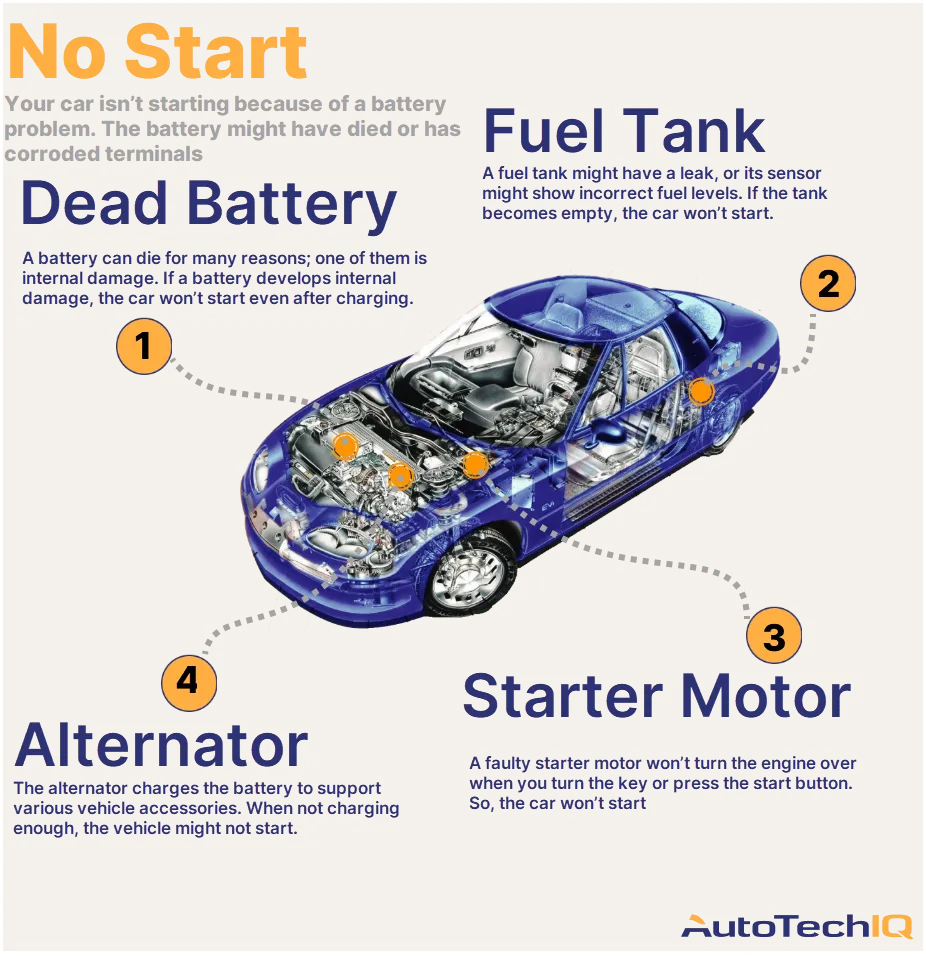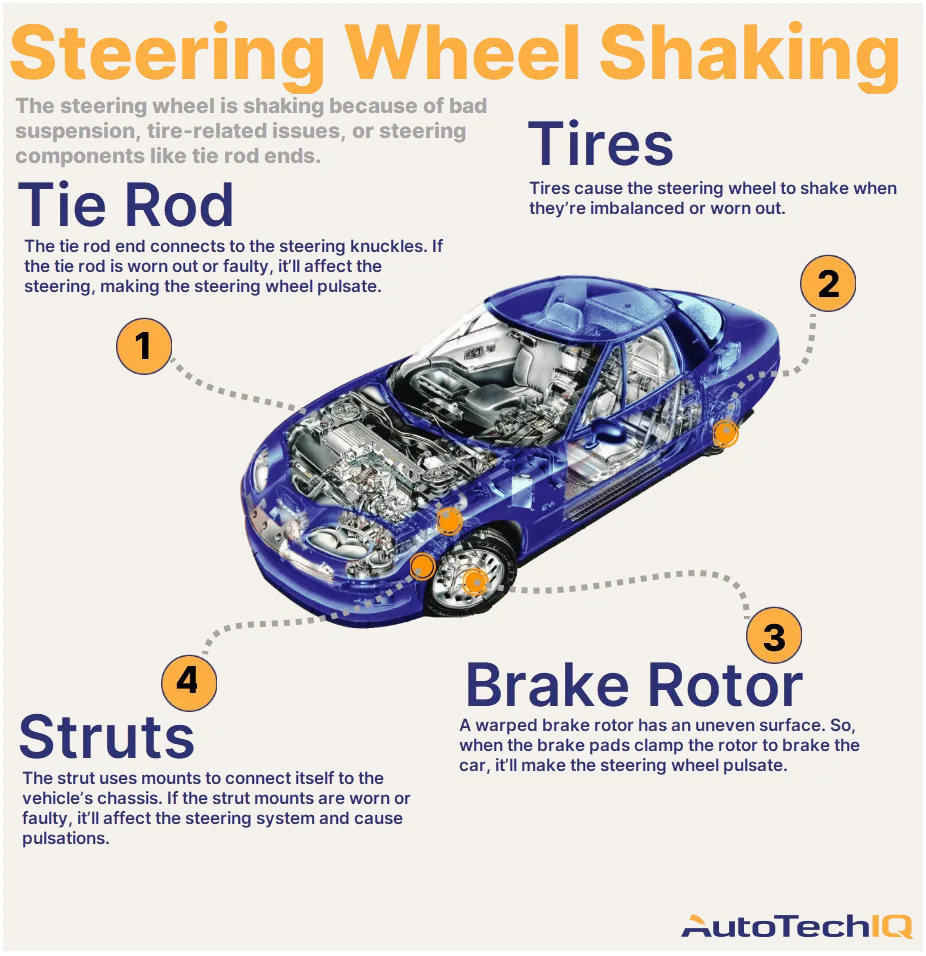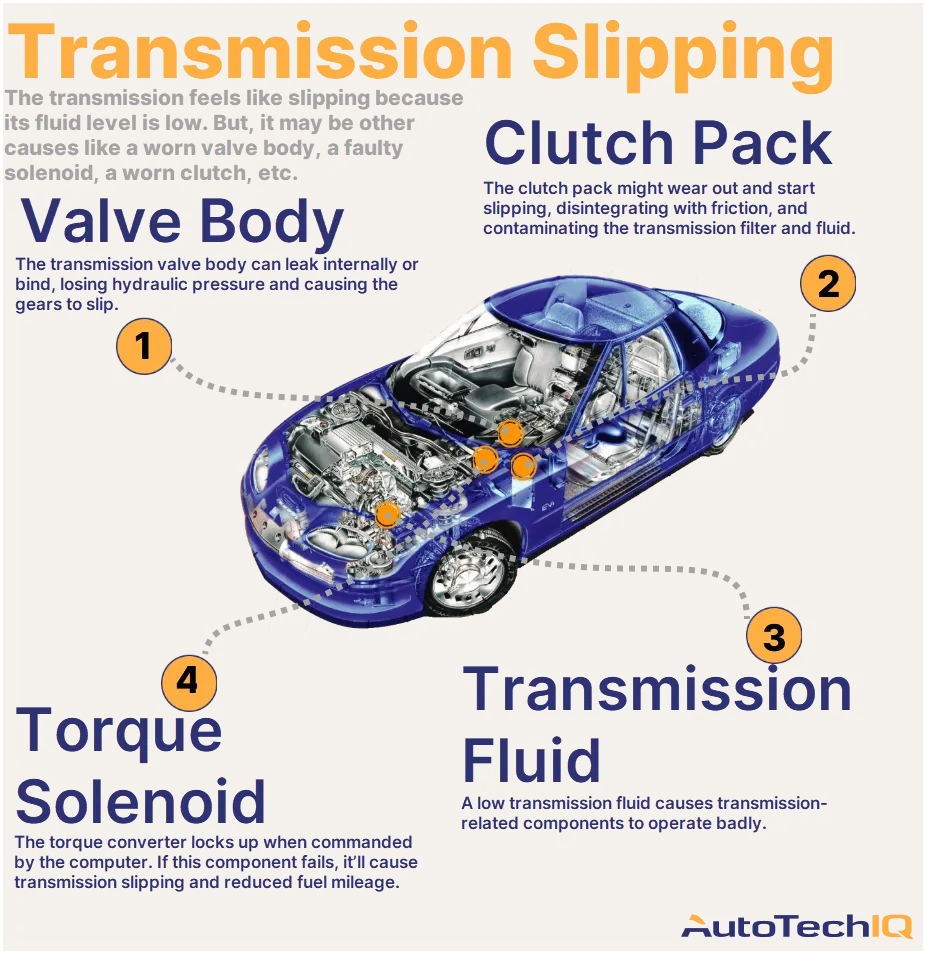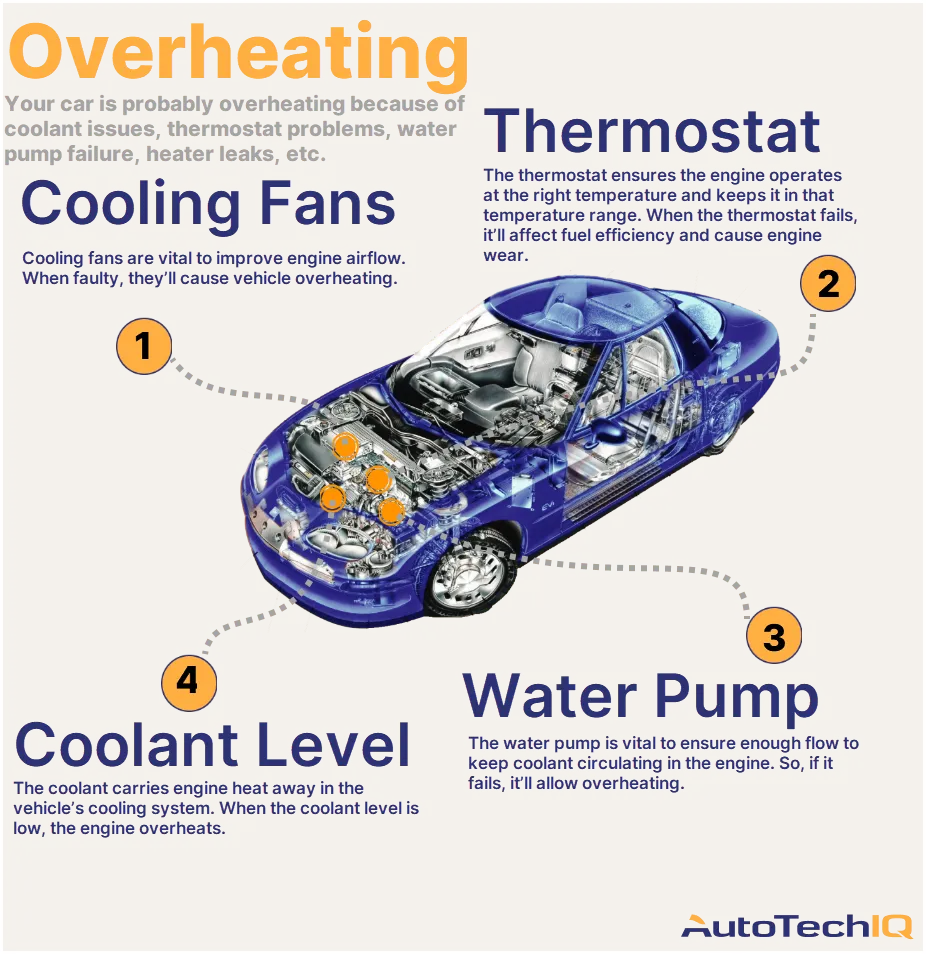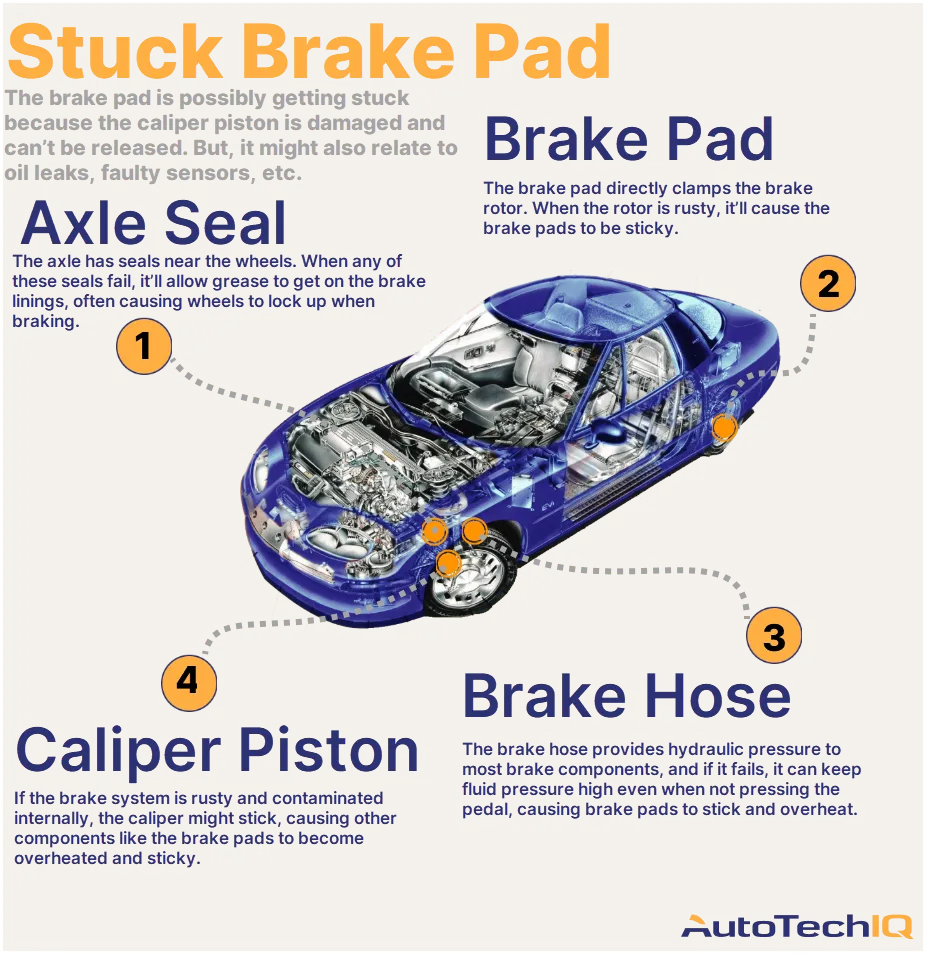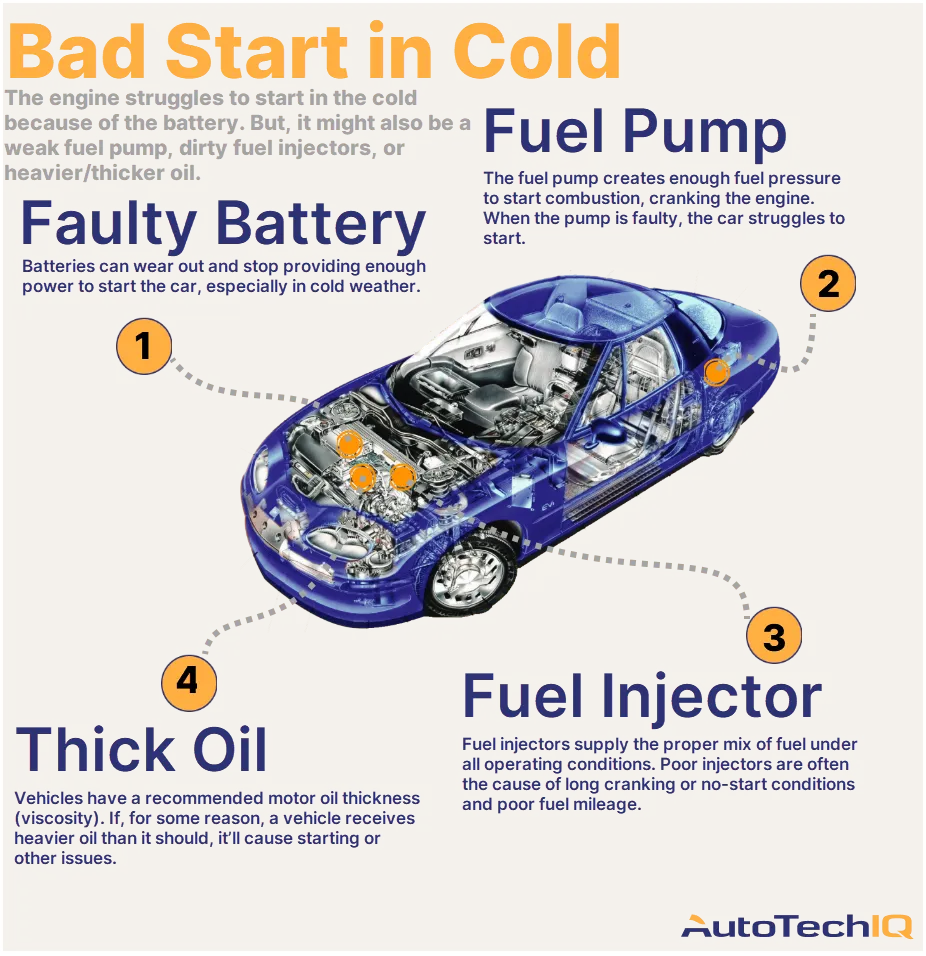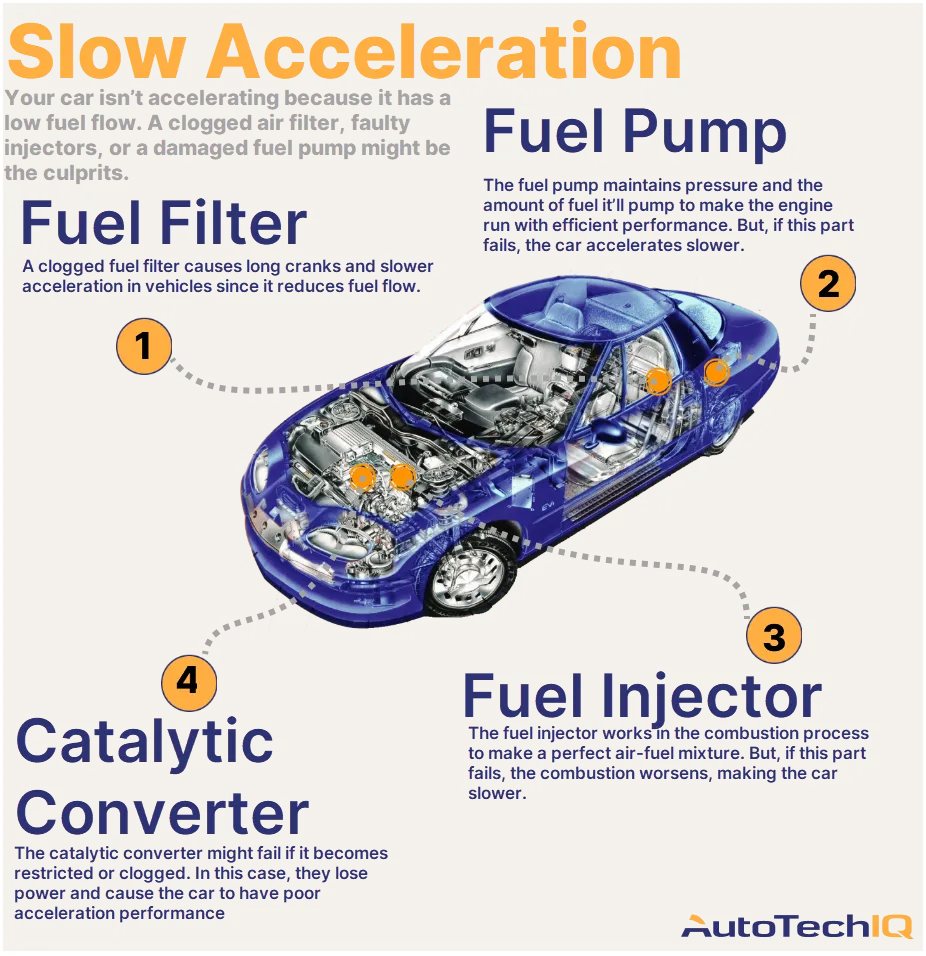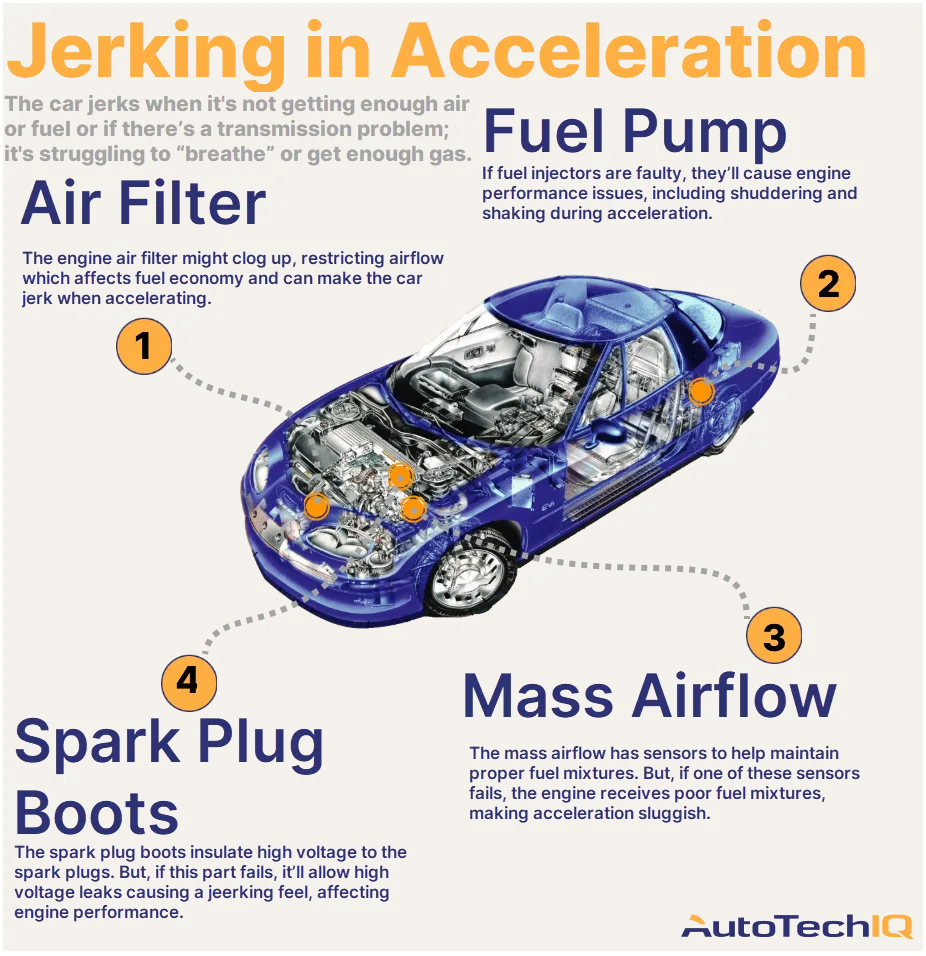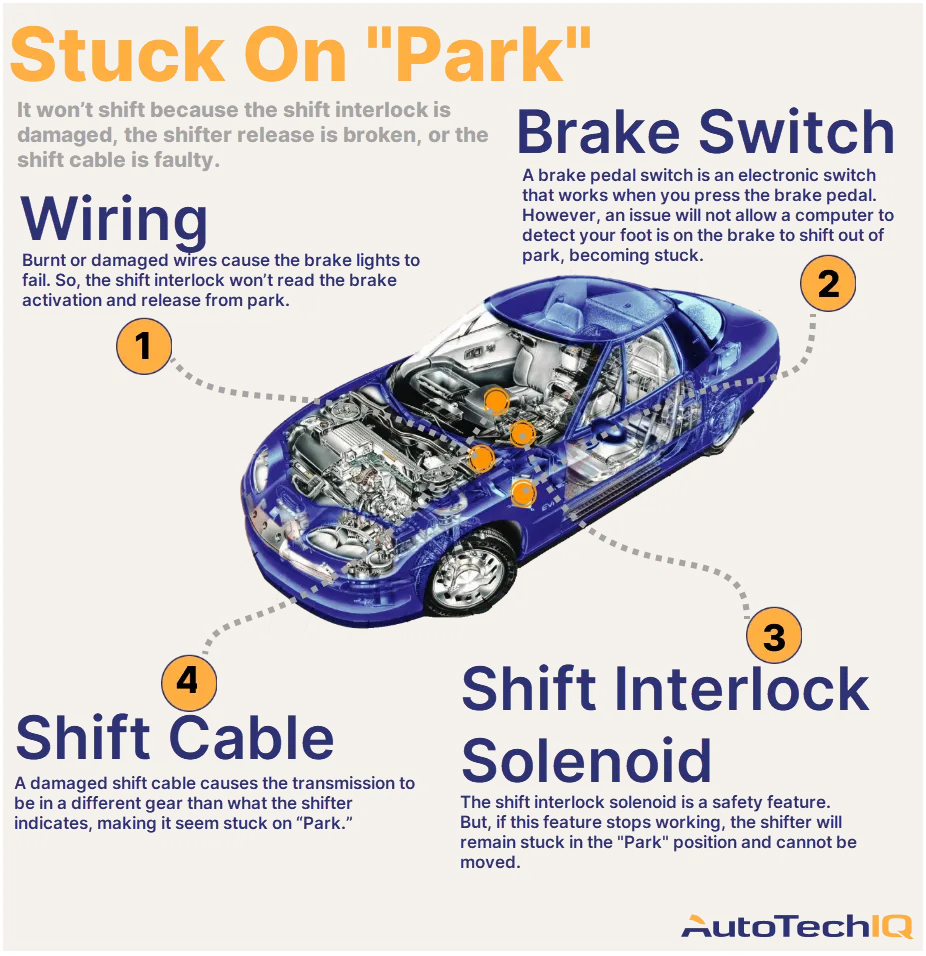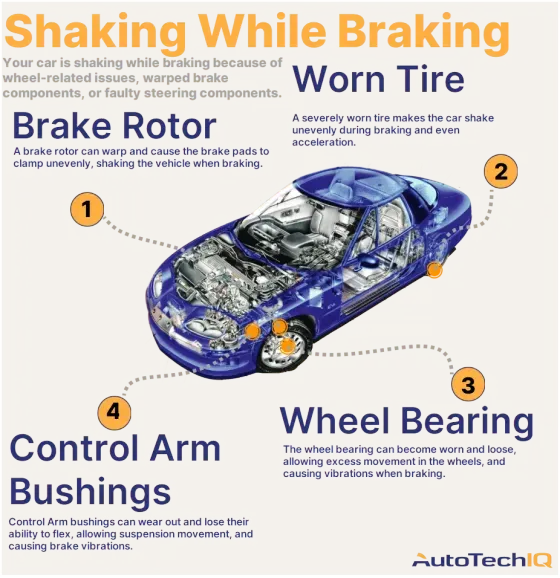
Is Your Car Shaking When You Brake?
Your car is shaking while braking because of wheel-related issues, warped brake components, or faulty steering components like the control arm bushings and the steering knuckle. For wheels, is probably worn tires or faulty bearings, and for brakes, the rotor might be the culprit.
Safe driving depends on staying in control, slowing down, and stopping confidently. So naturally, feeling your car shaking when braking is troubling. The shaking indicates a problem with your vehicle that will worsen as the vibration continues.
Since braking systems relate to the wheels, shaking can result from disturbances in the tire or wheels' ability to roll smoothly, which may come from the axles, the bearings, the tires, or even the brakes themselves.
Watch out: A car shaking while braking needs a good inspection. However, paying attention to your speed and the intensity of your braking when you apply the brakes offers a clue into what is causing this trouble. In addition, the shaking will often worsen over time and cause more damage to your vehicle's braking system.

